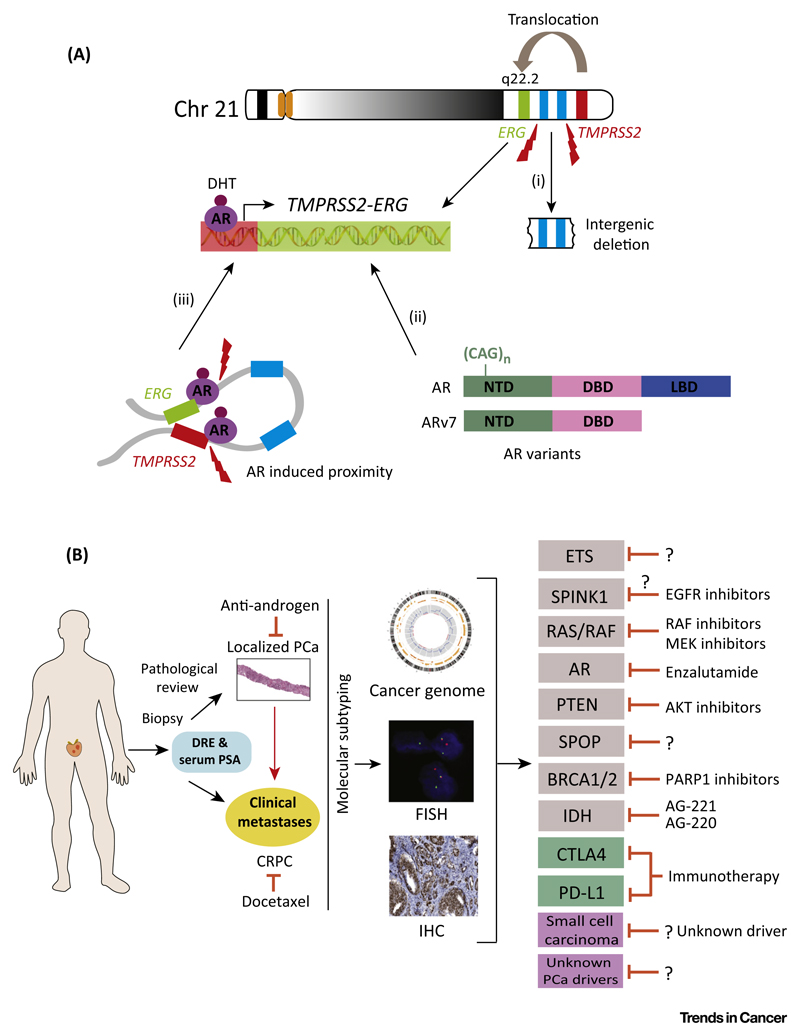Figure 2. Molecular Mechanism for TMPRSS2–ERG Genesis and Emerging Treatment Modalities for Prostate Cancer (PCa).
(A) Schematic representation of the genomic organization of TMPRSS2 and ERG on chromosome 21 and possible mechanisms supporting the genesis of TMPRSS2–ERG genetic rearrangement: (i) intergenic deletion or translocation between ERG and TMPRSS2; (ii) androgen-induced proximity between TMPRSS2 and ERG resulting in TMPRSS2–ERG fusion on gamma-irradiation-induced double-strand DNA breaks; (iii) CAG repeats in the N-terminal transactivation domain of the androgen receptor (AR) and a constitutively active AR isoform encoded by splice variant 7 (ARv7) lacking a ligand-binding domain (LBD). (B) Schematic representation of clinical strategies for the treatment and management of localized PCa and castration-resistant prostate cancer (CRPC). Sequential needle core biopsy prompted by an increase in serum prostate-specific antigen (PSA) and digital rectal examination (DRE) is routinely used for initial diagnosis. Molecular subtyping is done by fluorescence in situ hybridization (FISH), biomarker screening [immunohistochemistry (IHC)], and integrative genomic sequencing approaches. In localized PCa, treatment is largely determined by tumor stage and includes first-generation antiandrogens, castration, or watchful waiting. In advanced PCa, first-line treatment options such as antiandrogens or docetaxel may be combined with targeted therapies to improve patient outcome. Some of the evolving targeted therapies matched with respective genomic aberrations for PCa treatment are shown on the right.

